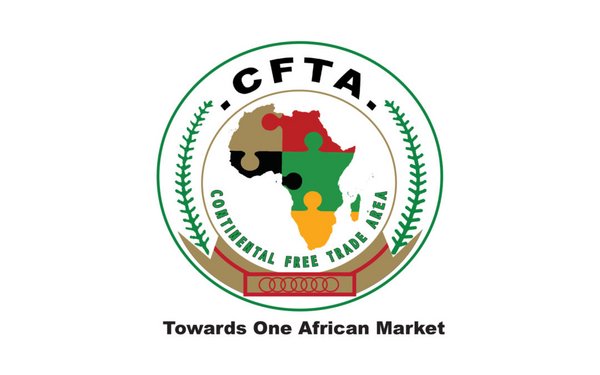- Share this article
- Subscribe to our newsletter
African Continental Free Trade Area entering into force
The African Continental Free Trade Area (AfCFTA) Agreement entered into force on the 30th May, 2019. This date marks 30 days after the 22nd member states' ratification with Gambia was deposited. The AfCFTA will be launched officially on the 7th July, 2019, at an exceptional African Summit to be held in the city of Niamey, in the Republic of Niger.
According to Financial Times and others, the AfCFTA will be the largest free trade area since the establishment of the World Trade Organization in terms of the number of countries participating in the area. Most importantly, the AfCFTA will cover a market of 1.2 billion consumers and a GDP of 2.5 trillion US dollars.
The agreement seeks to achieve a gamut of objectives, inter alia promoting and attaining sustainable and inclusive social and economic transformation of the African Union Member States. It aims to create a continental single market for goods and services, facilitate the movement of capital and natural persons and investments, enhance the competitiveness of the economies of AU Member States within the continent and the global market and promote industrial development through diversification and regional value chain development.
Knocking down the tariffs
Huge obstacles need to be cleared, not least the fact that the deal is a basic framework that will lack teeth until many crucial details are worked out. One of the agreement’s architects, Carlos Lopes, says it could take at least three years before the final agreement is implemented. Members are now starting to iron out specific details around rules of origin, intellectual property and dispute mechanisms. “[There’s] proof of momentum, proof of ambition and proof of speed,” maintains Carlos Lopes, the former head of the UN Economic Commission for Africa. “That said, it’s still a very weak agreement that needs a lot of work.”
African countries are better connected to other continents. Africa’s infrastructure was purpose-built for the colonial export of raw materials – and little has changed since African nations achieved independence beginning in the 1950s. It is often easier for a country such as Nigeria to trade with the US than it is to trade with bordering Benin. Supporters hope AfCFTA will help alleviate some of the challenges to intra-African trade by knocking down tariffs that are among its biggest impediments.
Most of the continent was exploited by more developed countries seeking raw materials to fuel their industries, and little has changed when it comes to what leaves Africa: crude oil, raw minerals and unprocessed agricultural products, including food and cotton. “But one of the rare bright spots in intra-African trade is the fact that 42 per cent of it is made up of manufactured or processed goods,” says Lopes.
AfCFTA is meant to eliminate 90 per cent of tariffs and create a single market with free movement of goods and services. Fifty-two countries have signed up, although Nigeria, Africa’s largest economy, is holding out under pressure from its powerful manufacturers’ lobby and labour groups. Eight active and overlapping regional trading blocs will also need to be harmonised. “What we are telling member states is that if you look at the history of the African economies, they are small and they are fragmented,” says Albert Muchanga, the African Union’s trade commissioner. This is one of the central barriers to growth that AfCFTA seeks to eliminate, Muchanga notes.
Facing trade challenges
Here are some of the central challenges the agreement seeks to address. Because of the continent’s vast distances, poor road and freight connections and cumbersome border procedures, trade between African countries lags behind most other regions and regional blocs in the world. Although trade within the continent has grown since the turn of the millennium, Africa beats only South America’s Mercosur when it comes to intraregional trade. AfCFTA’s backers say it will move Africa closer to Asean’s level so that trade can flourish across the continent.
If AfCFTA boosts trade between African economies, it will do so at the value-added level for products such as tomato paste, petroleum products, plastics and rebar. To help African products compete with cheap imports from China and elsewhere, the free trade agreement will be accompanied by local content regulations. Foreign direct investment in Africa is the lowest in the world, and the continent receives less than a tenth of the FDI that goes to Asia.
(BMZ/CGTN/Financial Times/db)
More information:
Website of Financial Times
Website of CGTN





Add a comment
Be the First to Comment